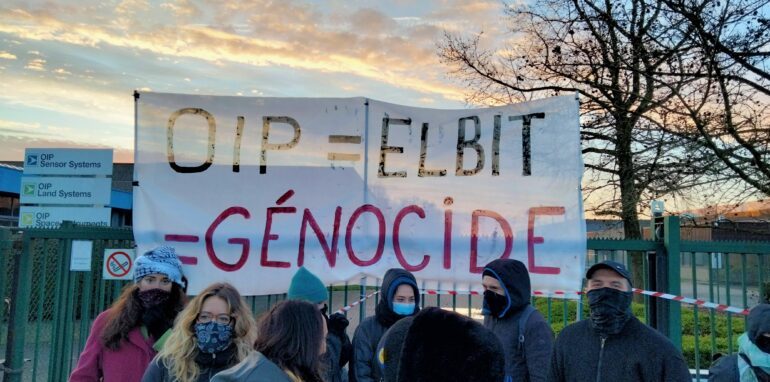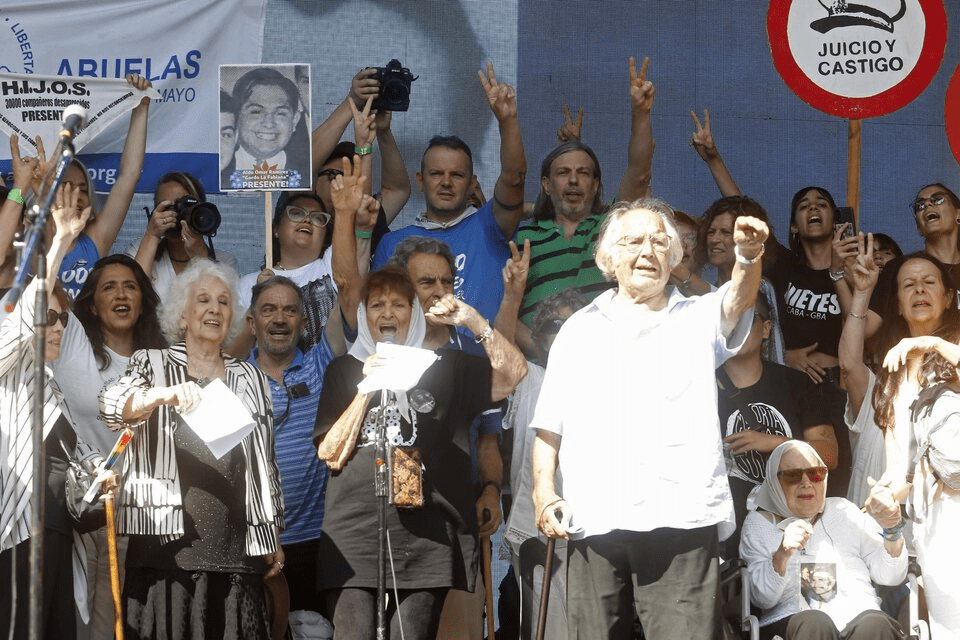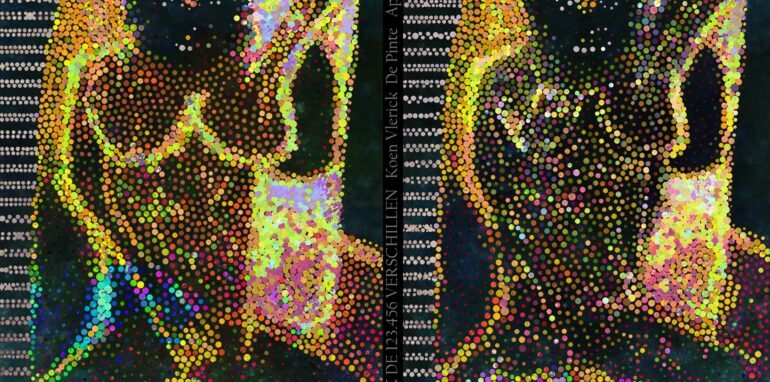To open our course on architecture and activism 2018 in a public manner, we publish a sketch that can function as a clear and short starting point, a common ground, this tiny text, can and should grow during the course… Welcome! Besides reading theoretical texts (Butler, Doucet, Harvey, Guattari, Petrescu, ….), the students (you) will present cases from their countries/cities) and we will invite speakers for open classes and visit practices. Today we visit Reclycart. C’est parti!
Towards a taxonomy of urban and architectural activism
(a coaster for a course, a common ground)
Politics in the broad sense is the discussion about and practice of the good life in the polis (Aristotle).
In a narrow sense politics is the process by which those who are not entitled to govern (by birth, rank, riches) are coming to the fore (Rancière). Politics is about this exclusion/inclusion, the empowerment of the powerless. The making of a common world. The rest is police/policy.
What is action? Action is speaking and doing things together in the political/public sphere as space of appearance, this action itself makes and shapes this political, public space. (Arendt & Butler) What is activism? Activism is a form of civic action outside of party politics for the common good.
Urban activism is a form of activism that tries to make the city a better place, help to organize the good life in the polis (by including the excluded, by self-empowerment of the powerless?). Often bottom up, self-organized and a practice of commoning. The subject and object of urban activism, one could say, is the urban commons. Urban activism is the making, remaking, reclaiming of these urban commons.
Ideally all activism plays on three levels: on the ecological level, the social level and the subjective level. It should create a new ecological being a new social bond and a new subjectivity. (Guattari, The Three Ecologies).
Architectural activism is a more difficult one, as architecture is a service embedded in political and economic processes, and most often stands at the side of the powers that be. So it is often more a discourse on architecture than a practice of architecture, although architects have proved very useful as mediators and curators within urban activist projects (think of AAA, Parckfarm, etc).
For clarity’s sake, we can provisionally distinguish the following forms of urban/architectural activism (to be completed):
- 1) Interventions in the public debate: (example ‘the beertemple’)
- 2) Street actions (example: picnic the streets)
- 3) Occupations (Tahrir Square / Gezi park / Hotel central)
- 4) squatting (examples all over the world, Sao Paolo, Brussels 123)
- 5) Interstitial activism (example: recyclart)
- 6) Institutional activism (example: architecture workroom Brussels)
- 7) Activist architecture (examples the contributions to Parckfarm, AAA, etc)
- 8) Alternating/alternative uses (guerilla gardening, guerilla knitting, cyclo guerilla)
- 9) Urban social movements (example Ademloos/straten general/ Ringland)
- 10) …/…















